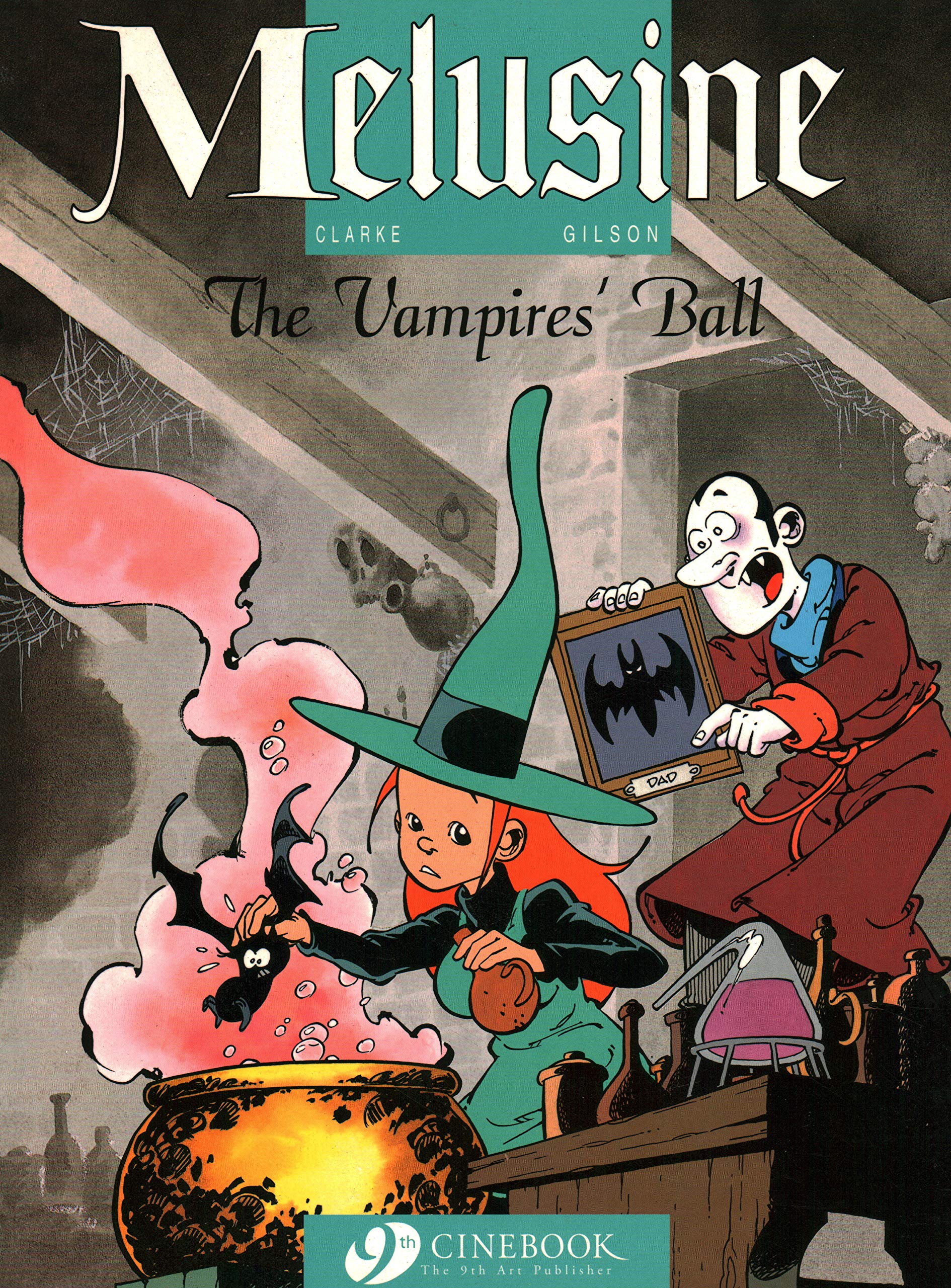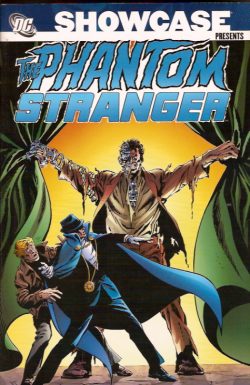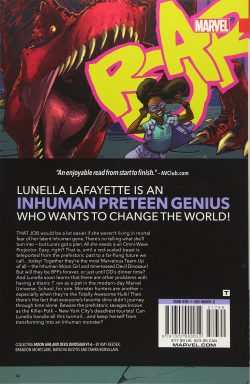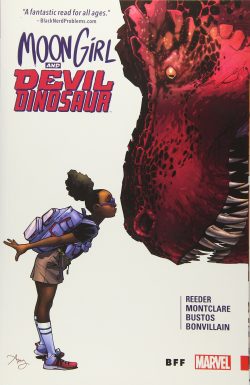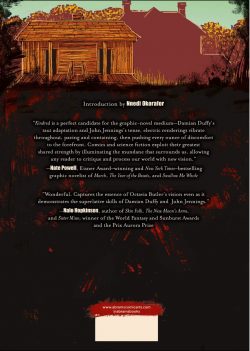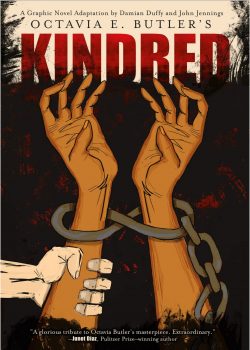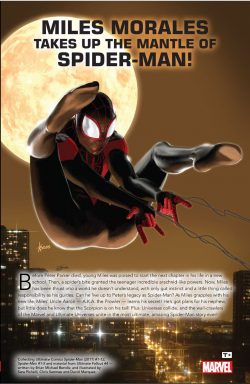
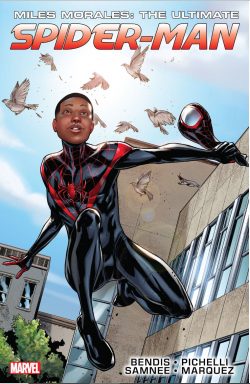
By Brian Michael Bendis, Sarah Pichelli, Chris Samnee, David Marquez & various (Marvel)
ISBN: 978-0-7851-9778-2 (TPB/digital edition)
After Marvel’s financial and creative problems in the late 1990s, the company came back swinging. A key new concept involved remodelling and modernising their core pantheon for the new youth culture. The Ultimate imprint abandoned the monumental, slavish continuity which had always been Marvel’s greatest asset, giving its revamped players a separate reality to play in. Varying degrees of radical makeover appealed to a contemporary 21st century audience and proved a godsend as base material for the new Marvel Cinematic Universe.
Peter Parker was once again reduced to a callow, nerdy high-school geek, brilliant but perpetually bullied by his physical superiors. There were even fresh, fashionable, more scientifically feasible rationales for the fore-destined spider bite which imparted those patented, impossible arachnoid abilities.
His uncle Ben Parker still died because of the lad’s lack of responsibility. The Daily Bugle was still there, as was bombastically outrageous J. Jonah Jameson. Now, however, in a more cynical, litigious world, well-used to cover-ups and conspiracy theories, arch-foe Norman Osborn – a corrupt, ruthless billionaire businessman – was behind everything.
Any gesture towards the faux-realism of traditional superhero fare was surrendered to the tried-and-tested soap-opera melodrama which inevitably links all characters together in invisible threads of karmic coincidence and familial consanguinity but, to be honest, it seldom hurt the narrative. After all, as long as internal logic isn’t contravened, subplots don’t have to make sense to be entertaining.
After a short and spectacularly impressive career, the originally outcast Peter finally gained a measure of acceptance and was hailed a hero when the Ultimate Comics Spider-Man valiantly and very publicly met his end at Osborn’s hands during a catastrophic super-villain showdown…
Soon after he died, a new champion cast in his image arose to carry on the fight…
Written throughout by Brian Michael Bendis, this collection concerns controversial new kid Miles Morales, and contains material published before mega-crossover events Time Runs Out and Secret Wars merged him and other remnants of the Ultimate Universe with the mainstream Marvel continuity. It specifically re-presents an introductory teaser from Ultimate Comics Fallout #4 (August 2011), Ultimate Comics Spider-Man #1-12 (-February 2013) and trans-multiversal team-up Spider-men #1-5 (June to September 2012).
In the aftermath of Parker’s last moments, brilliant African American/Latino child prodigy Miles Morales was revealed to have gained similar powers. The freshly empowered 13-year old quickly adjusted to his astounding new physical abilities whilst painfully discovering the daily costs of living a life of lies and how an inescapable sense of responsibility is the worst of all possible burdens…
The revelations here begin by spinning back to the relatively recent past when manic industrialist Osborn repeated the genetic experiment which first bestowed incredible powers on Peter Parker via the accidental bite of a deliberately-mutated spider. Unfortunately, the deranged mastermind failed to anticipate a burglar waltzing in and carrying off the latest test animal as part of his haul …
When grade-schooler Miles gets into prestigious, life-changing Brooklyn Visions Academy Boarding School by the most callous of chances, the boy cynically realises life is pretty much a crap-shoot… and unfair to boot. Feeling guilty about his unjust success and sorry for the 697 other poor kids who don’t get his lucky break, he sneaks off to visit his uncle Aaron. The visit has to be secret since his uncle is a “bad influence” and a career criminal …
Whilst there, a huge spider with a number on its back bites Miles and the boy begins to feel very odd. He also starts fading from sight…
Suddenly super-fast and strong, able to leap huge distances and become practically invisible, Miles rushes to consult geeky pal Ganke, a prodigious nerd already attending Brooklyn Visions. Applying “scientific testing”, the self-proclaimed hero-expert confirms Miles is similar to Spider-Man but can also deliver shocking, destructive blasts through his hands.
When Morales heads home, Ganke continues online research and deduces the connection to the wallcrawler, and is soon strenuously pushing his friend towards becoming a costumed crusader just like him…
However, after Miles intervenes during a tenement fire and saving a mother and baby, shock sets in and he resolves never to use his powers again…
Time passes: Miles and Ganke have been roommates at the Academy for almost a year when news of a major metahuman clash rocks the city. Troubled Miles heads out and becomes an accidental witness to Spider-Man’s murder. Seeing a brave man perish so nobly, he is again consumed by guilt: if he had used his own powers when they first manifested, he might have been able to help save a true hero…
Part of the crowds attending Parker’s memorial, Miles and Ganke talk to another mourner, a girl who actually knew Parker. Gwen Stacy offers quiet insights to the grieving boys and a phrase which alters the course of Miles’ life forever – “with great power comes great responsibility…”
Clad in a Halloween Spidey costume borrowed from Ganke, Miles takes to the night streets for the first time and stops minor miscreant Kangaroo from committing murder…
Feeling he’s come full circle, on his third night out the exhilarated 13-year old encounters the terrifying and furiously indignant Spider-Woman who thrashes and arrests him. Morales wakes at a Government agency in S.H.I.E.L.D. custody where Hawkeye, Iron Man and master manipulator Nick Fury coldly assess him.
However, before they can reach a decision on the boy’s fate, murderous malcontent Electro breaks free of the Triskelion’s medical custody ward and goes on a rampage. Despite easily defeating the seasoned heroes, the voltaic villain is completely unprepared for a new Spider-Man: especially as the kid’s extra powers include camouflage capability and an irresistible “venom-strike” sting…
As Miles considers the full implications of his victory, Fury imparts a staggeringly simple homily: “With great power…” even as he arranges for the kid a properly designed and tooled high-tech costume to crusade in…
Now a day resident at the Brooklyn Boarding School, Miles spends only weekends at home and is coming to terms with some unpleasant truths. Foremost is that his secrets must be kept from his parents, but also poisoning the family air is the fact that his father used to be a street-thug and now passionately hates costumed heroes like Spider-Man.
Almost as bad is the discovery that Uncle Aaron is a major thief and bad-guy known in the game as The Prowler …
Ever since a living piece of Aaron’s loot bit Miles and transformed him, the Prowler has been laying low, but the tide turns here as he resurfaces in Mexico, narrowly escaping a deal-gone-sour with local super-powered gang-lord the Scorpion. Meanwhile the new Spider-Man has been making a name for himself in New York, and news of a junior Arachnid Avenger is making global headlines…
With additional art from Chris Samnee, David Messina and David Marquez, classmate, confidante and fellow nerd Ganke undertakes to “train” Miles using candid footage of the deceased Peter Parker in action and – when continued sightings of the boy hero reach Aaron south of the border – the wily rogue instantly puts two and two together and heads back to the Big Apple.
As the troubled teen tackles street scum and old Spidey villains like Omega Red – triumphing more by luck than skill or judgement – Uncle Aaron murders underworld tech-guru The Tinkerer and swipes his ingenious arsenal of criminal gadgets before confronting Miles at school. He’s thinking possible partnership…
Since Parker perished his Aunt May and true love Gwen have been world travelling. They’re in Paris when the shocking news of a successor reaches them…
In New York, Police Captain Quaid is also coming to terms with a new wallcrawling crazy complicating his life, but is utterly unaware that major grief has hit town as the Scorpion, following the Prowler, has realized New York is wide open for a new Kingpin of Crime to step in and take over…
After a brutal battle against The Ringer, Spider-Man and Quaid reach an accommodation of sorts, but Prowler’s first North American clash with the Scorpion doesn’t go nearly as well and Aaron Morales once again accosts his nephew with veiled threats and a shocking offer…
Of course it all devolves into a fist-fight before calmer heads prevail and Miles really thinks over what’s on the table: one of the world’s most effective and capable villains is offering to train him in combat, strategy and survival on the streets whilst schooling him in the myriad ways the underworld works…
Only problem is that the Prowler has no intention of reforming and won’t say what he expects in return…
Eventually Miles realises his uncle has been secretly grooming him ever since some of his loot bit the youngster, and refuses to let the manipulative creep tricks Miles into attacking the seemingly unstoppable Mexican gang-lord seizing control of the city…
The action (illustrated by David Marquez) begins with a blistering raid on the Scorpion’s plush new club where, in the heat of battle, the novice wall-crawler at last realises Aaron will never change or make amends, but his simply eradicating opposition in advance of his own attempt to take over the underworld…
Events explode tragically when Aaron accosts Miles at school, trying to blackmail him with threats of telling the boy’s father all about Spider-Man, and resulting in a devastating showdown. Equipped with years of criminal experience and Tinkerer’s ingenious arsenal, Aaron goes crazy, determined to finish his rebellious nephew.
The fight inevitably escalates, endangering a busload of civilians who all apparently see the neophyte wallcrawler first save them before killing the Prowler in a horrific explosion…
To Be Continued…
Meanwhile in the mainstream Marvel Universe, “our” Peter Parker underwent his own turmoil and travails, surviving to become a more-or-less grown man and first rank superhero…
The miniseries Spider-Men #1-5 was designed as part of celebrations for the webspinner’s 50th anniversary, and offers a slight but magically enthralling guest-star-packed riff on one of the superhero genre’s most popular themes.
The action begins in the original universe where Peter is on patrol, stopping some fleeing thieves – and almost getting arrested for his help – when he spots an eerie light. Investigating, he discovers the latest hideout of old foe Mysterio and – after a brief struggle – overpowers the sinister Special Effects savant.
Something is off though and the villain’s babblings make no sense. The creep is clearly delusional, screaming Spider-Man is already dead before breaking loose to trigger a bizarrely glowing device he’d been defending.
In a blaze of light, Spider-Man transits from a dark warehouse at night to a sunny rooftop in a radically different New York. Things get even stranger when he stops a mugging and the victim thanks him but says his costume is in “terrible taste” before enquiring if he knew Peter Parker.
…And that’s when the kid in a way cooler Spider suit shows up…
In another universe, the Ultimate Mysterio wakes up and activates a telemetric avatar of himself to follow Spider-Man across dimensions, where Parker is – in true Marvel style – fighting his namesake in a fever of confused misapprehension. Utterly underestimating his diminutive opponent, the elder Arachnoid is defeated by the kid’s secret powers (invisibility and a debilitating venom sting) and wakes up in a S.H.I.E.L.D. cell where an African-American Nick Fury confirms that he’s fallen into an alternate Earth…
Eventually released into Miles’ custody, the newcomer is introduced to a New York where Peter Parker is a revered – albeit dead – hero. Before he can adapt, the Mysterio avatar attacks with a lethal arsenal of ballistic weapons and mind-warping chemical weapons…
By the time Ultimate operatives Thor, Hawkeye and Iron Man appear, the battle is won and the mechanoid trashed, but as ferociously curious Tony Stark examines the dimensional transfer tech in our world, their Mysterio is preparing another deadly assault…
As the assembled heroes seek a way home for the wallcrawling wanderer, Parker is torturing himself by visiting “his” old haunts and hangouts, leading to gut-wrenching meetings with Aunt May, Mary Jane Watson and a Gwen Stacy who wasn’t murdered by the Green Goblin…
…And in the other universe, Mysterio just can’t let go: once again preparing to launch his devilish devices across the rift to kill Spider-Man… all of them and whoever stands with them…
Aided by painter/colourist Justin Ponsor, Bendis & Sara Pichelli crafted a hugely impressive and fresh take on alternate Earth team-ups: drenched in warmth and tragedy, brimming with breathtaking action and stuffed with light-hearted, razor sharp humour, elevating it from the ranks of formularized Costumed Dramas into it easily one of the best superhero tales of the decade.
This initial Ultimately Ultimate compendium also offers a colossal gallery of covers and variants by Kaare Andrews. Jorge Molina, Marquez, Rain Beredo, Pichelli, Ponsor, Adi Granov Marko Djurdjevic, Mark Bagley, Marcos Martin, Terry & Rachel Dodson, Travis Charest, Tommy Lee Edwards, Jimmy Cheung, Humberto Ramos & Mike Deodato to delight and thrill in a rollercoaster ride of tense, evocative suspense and easy-going adventure that is the essential Spider-Man.
Tense, breathtaking, action-packed, evocative, suspenseful and full of the light-hearted, self-aware razor sharp humour which blessed the original Lee/Ditko tales, this second Spider-Man is here to stay …unless they kill him too…
© 2019 MARVEL.








